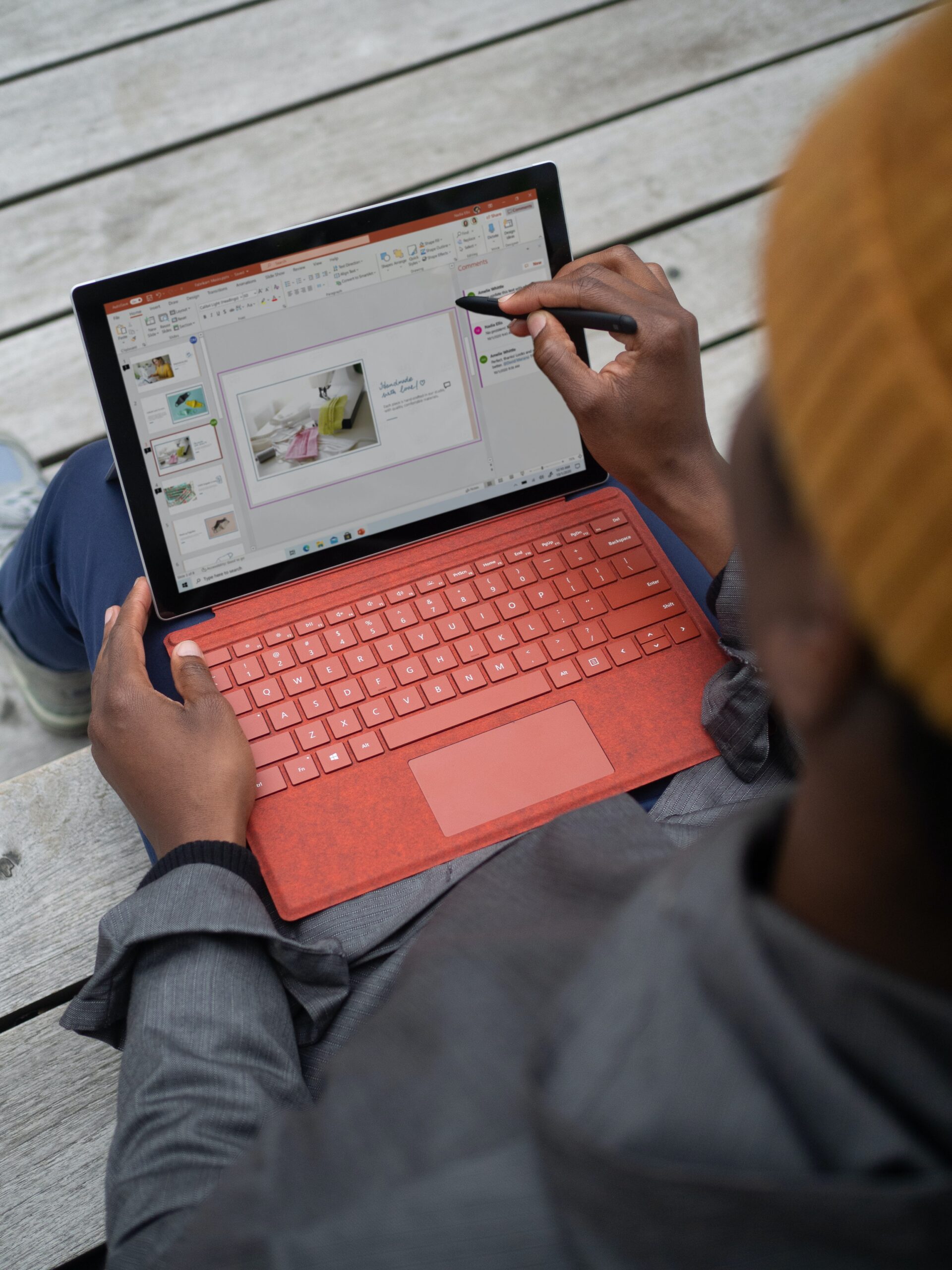A previous blog post on active learning presented evidence from several research studies indicating that the “low tech” method of handwriting notes provides certain advantages over the high tech note-taking on tablets and computers. Handwriting notes enhanced the cognitive process, thus resulting in better retention. “The slower hand movements involved in writing allow the note-taker to include the most important ideas from a lecture or text.” Is the paper versus digital comparison also valid regarding reading comprehension? What effect does the delivery system (paper or digital) have on reading comprehension?
Tablets and laptops have been familiar instructional tools in classrooms for more than a decade, with these digital devices often replacing paper texts and notebooks. Proponents cite the lower cost of digital books and the elimination of paper in the classroom. Most of the country’s classrooms were shuttered this year due to the pandemic, so the original concept of tablets as a teacher’s assistant in a classroom has changed dramatically. Students spent an unprecedented amount of their academic day reading on a screen. A report published in a psychiatric journal in February 2020 noted that children from 8-12 were watching screens about 6 hours a day, while teens averaged about 9 hours of screen time daily. And that was before the pandemic made online learning the norm. What effect does digital reading have on comprehension?
Most of the studies focused on informational texts, as little difference appeared to exist when reading narratives. According to one meta-analysis, digital devices may provide some advantages for assessment and individualization. E-books can include add-ons like hyperlinks or pop-up quizzes. However, no proof exists that these digital enhancements increase comprehension. In fact, they may actually serve as a distraction. The delivery system of the digital device may have an adverse effect on comprehension. “Some experts believe that the glare and flicker of screens tax the brain more than paper.” In addition, mindset may play a part in the reading effectiveness. Generally, people read digital devices more quickly because they are accustomed to scanning for information when “surfing the web.” Therefore, while they may pick out the main idea from a screen, they read more quickly and less carefully and may lose the details.
Studies showed that “students of all ages tend to absorb more when they’re reading on paper than on screens, particularly when it comes to nonfiction material.” In fact, “The advantage of paper-based comprehension has increased since 2000.” Reading text on paper requires less effort than reading on a device. Paper recruits several senses: sight, touch, smell. So, reading a book is more meditative, because the pages are still and include a tactile sense. They have a place in a tangible space that a reader can return to without as much effort as trying to scroll through multiple screens. Thus, a reader has more control over paper texts, while scrolling drains the mental reserve. “Whether they realize it or not, many people approach computers and tablets with a state of mind less conducive to learning than the one they bring to paper.”
When reading a narrative, the delivery systems provide the same experience. However, when trying to capture details and absorb information on a deeper level from non-fiction, using the low-tech paper book may be the better choice.



